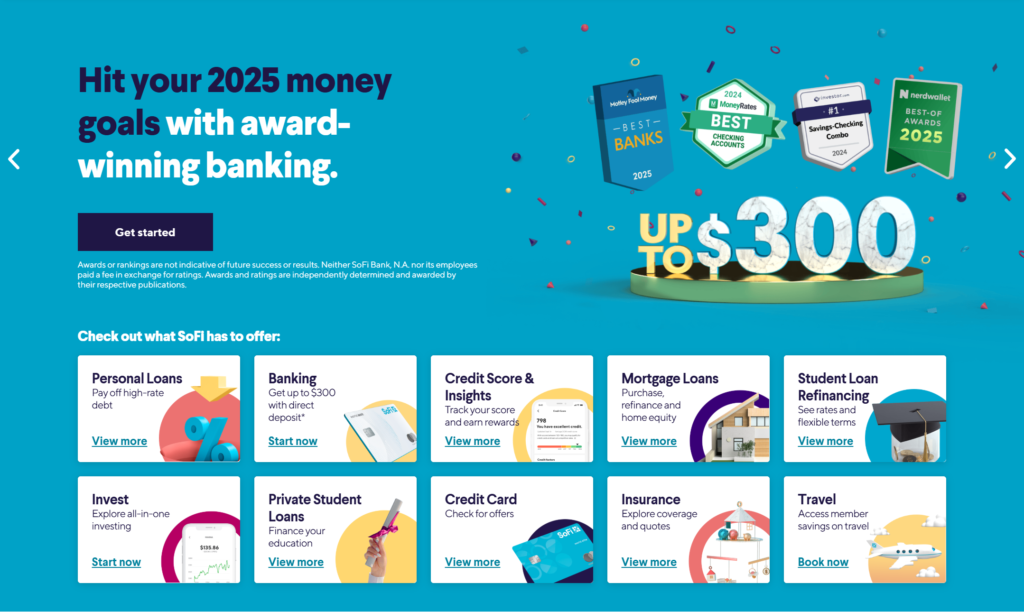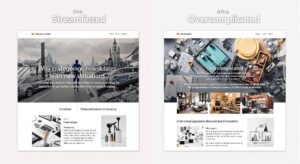Introduction
If you’ve been pouring your heart and soul into a financial newsletter, chances are you’ve wondered: how can I turn this labor of love into a steady income stream? Good news: affiliate marketing offers an exciting, low-risk way to monetize your expertise while delivering value to your audience. Imagine recommending trusted financial tools, products, or services and earning a commission every time your subscribers take action. Tempting, right? Let’s dive into how you can make this strategy work for you in 2025.
Affiliate marketing isn’t just about earning commissions—it’s about forging partnerships with brands you believe in. When done right, it can enhance your credibility and build trust with your audience, all while adding a lucrative revenue stream to your newsletter. Let’s explore this topic in depth, covering everything from choosing the right affiliate programs to growing your subscriber base.
Table of Contents
What is Affiliate Marketing, and How Does It Work in Newsletters?
Affiliate marketing is a partnership where you promote products or services and earn a commission for every sale, lead, or action generated through your unique affiliate link. For newsletters, this typically involves:
- Embedding links to financial tools or services within your content.
- Creating compelling CTAs (calls-to-action) that encourage readers to click.
- Tracking performance using affiliate tools.
For example, if you’re writing about investment strategies, you could include a link to a platform like Robinhood or Wealthsimple. When readers sign up using your link, you earn a commission. It’s that simple (and powerful).
Affiliate marketing for newsletters is unique because it’s a more personal form of promotion. Your subscribers already trust you, making it easier to recommend products you genuinely believe in.
How Do I Choose the Right Affiliate Programs for My Financial Newsletter?

Not all affiliate programs are created equal, so picking the right ones is crucial. Consider these factors:
- Relevance to Your Audience: If your readers are primarily interested in budgeting, promoting a cryptocurrency platform might miss the mark. Instead, look for programs like FreshBooks or Credit Karma.
- High Commission Rates: Compare earnings. For instance:
| Product/Service | Commission Rate | Cookie Duration |
|---|---|---|
| SoFi | Up to $500 | 30 days |
| NerdWallet | Varies (up to $100) | 14 days |
| ConvertKit | 30% recurring | 30 days |
- Cookie Duration: A longer cookie duration increases the chance of earning commissions. Platforms like Semrush (120 days) are especially attractive.
- Reputation: Partner with trusted brands. Promoting sketchy services can harm your credibility.
- Ease of Integration: Look for programs that offer easy-to-use tools like banners, text links, and analytics dashboards.
By choosing wisely, you not only maximize revenue but also ensure your recommendations align with your readers’ needs and interests.
Best Practices for Integrating Affiliate Links into Newsletters
Mastering the art of seamless integration is key. Here’s how:
- Provide Context: Frame affiliate links within actionable advice. Instead of “Click here for a great tool,” say, “Track your expenses effortlessly with FreshBooks—a top-rated accounting software for small businesses.”
- Use Visuals: Include product images or comparison tables to make your recommendations more engaging.
- Limit Links Per Email: Avoid overwhelming your readers. Focus on 1-2 highly relevant products per newsletter.
- A/B Test Placement: Experiment with link placement to see what drives the highest click-through rates (CTR).
- Optimize CTAs: Use clear, action-oriented language like “Start saving today” or “Get your free trial now.”
- Use Exclusivity: Offer time-limited deals or exclusive discounts to create urgency.
How to Ensure Compliance with Disclosure Regulations for Affiliate Marketing
Transparency isn’t optional—it’s a trust-building necessity. Follow these guidelines:
- Use Clear Disclosures: Add a statement like, “This email contains affiliate links. I may earn a commission if you purchase through these links, at no additional cost to you.”
- Positioning Matters: Place disclosures near the affiliate link or in a visible location within the newsletter.
- Stay Updated: Regulations can change. Bookmark the FTC’s website and stay compliant.
- Make It Conversational: Transparency doesn’t have to feel formal. Use phrases like, “Hey, just a heads-up: some of the links in this email are affiliate links, which means I earn a little commission if you buy something. Thanks for supporting us!”
Top Financial Products for Affiliate Marketing
Looking for ideas? Here are some proven performers:
| Product/Service | Description | Ideal Audience |
|---|---|---|
| Robinhood | Commission-free trading platform | Beginner investors |
| Credit Karma | Credit score monitoring | Budget-conscious individuals |
| Coinbase | Cryptocurrency trading | Crypto enthusiasts |
| Semrush | SEO and keyword tracking tool | Digital marketers |
Adding more products? Look for those with strong reviews, high demand, and relevance to your content.
How Do I Track the Performance of Affiliate Links in My Newsletter?
Performance tracking is non-negotiable. Here’s your playbook:
- Affiliate Dashboards: Most programs, like CJ Affiliate, provide detailed insights.
- UTM Parameters: Use custom UTM codes to analyze clicks via Google Analytics.
- Newsletter Analytics Tools: Platforms like AWeber and ConvertKit integrate with affiliate tracking, simplifying your workflow.
- Set Benchmarks: Define clear goals for click-through rates and conversions to measure success.
Effective Strategies to Grow Your Newsletter Subscriber Base
More subscribers mean more revenue potential. Here’s how to scale:
- Leverage Social Proof: Share testimonials or success stories.
- Offer Lead Magnets: Create a free eBook or checklist (e.g., “10 Budgeting Hacks That Save $1,000 Annually”).
- Optimize Signup Forms: Keep forms simple and visually appealing.
- Run Paid Ads: Target your niche audience using platforms like Facebook or LinkedIn.
- Collaborate: Partner with influencers or other newsletter creators to cross-promote.
Balancing Monetization with Valuable Content
Nobody likes a hard sell. Keep your newsletter engaging by:
- Prioritizing educational content over promotions.
- Curating a mix of free tools and affiliate links.
- Soliciting reader feedback to understand their preferences.
- Using storytelling to connect emotionally with your audience.
Common Mistakes to Avoid
Steer clear of these pitfalls:
- Overloading emails with links.
- Promoting irrelevant products.
- Ignoring compliance rules.
- Neglecting analytics.
- Forgetting to personalize recommendations.
Conclusion
Affiliate marketing isn’t just a buzzword; it’s a game-changer for financial newsletter creators in 2025. By carefully selecting programs, integrating links effectively, and prioritizing your audience’s trust, you can transform your newsletter into a lucrative passive income stream.
Ready to give it a shot? Start small, experiment, and watch your efforts compound—just like a savvy investment strategy.



